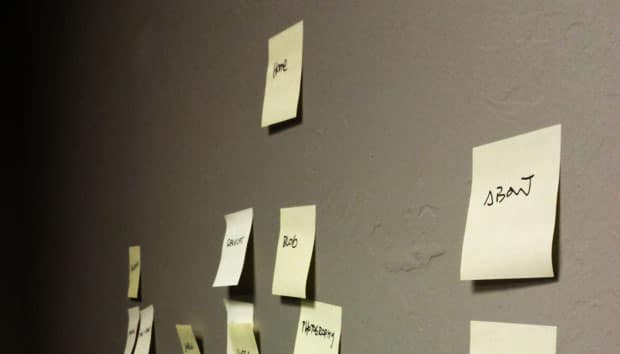
We see a lot of great ideas come through our office on a daily basis, but no matter how great the idea – all great websites need structure and planning to yield results. Unfortunately, many businesses think of creating a website almost as an afterthought, and are frantic to establish their internet presence without taking the time to properly idealize how they can utilize a website to increase their business with a measurable return-on-investment.
Define an objective for your website
What is it you want visitors to your website to do? Do you want visitors to buy a product? Do you want them to be able to find your location or easily contact you? Do you want them to know about the quality of your services? Think functional basics.
Define this “goal” in a succinct and purposeful way, similar to an objective or mission statement in a business plan.
Some examples would be:
- “We want visitors to donate to our charity organization”
- “I want people to visit our blog for updates about our events”
- “I want the world to know about my watercolor paintings”
Identify key actions
With your goals defined, come up with two or three actions which fit your goals and prioritize them. Put yourself in the mindset of visitors to your website, and develop strategies to funnel visitors from your homepage to your internal pages. These can be included in site navigation or as call-to-action buttons. Your designer will guide you in this process offering recommendations for how to best position these items for better usability, and is one of the key questions you will be asked in your design meeting.
Plan out other pages
After you have worked with a designer to create your website design, it is time to begin thinking about the other content that you will want to include on your site. While there is no maximum amount of pages that is too much, it does become harder to find content on your site as you add more pages and increase the depth of your site. As you add items, ask yourself if the content you are creating is relevant to your overall site goals.
Creating the Site Map
Storyboarding, which artists and writers use to map out story elements, can also be used to map out the structure of your site. Use sticky notes or small pieces of paper with the names of the pages written on them. Begin with your homepage, then build out a “tree” from there with items you would like to use in your main site navigation. Group similar items together under main navigation items, stacking similar items on the same page when necessary. When you feel like you have a well organized structure, take a picture or quickly write down the outline so that you can continue to work with your site map. When you’re done, use the outline you’ve created to begin writing your content.
By beginning with solid planning, your website becomes an effective business tool for your company, with your site map guiding your users to ensure they stay on the right path.